What is European Interoperability Reference Architecture (EIRA©)
In the previous part of this blog series the 12 interoperability principles of the EIF Framework were explained, in this part the 4 views of EIRA are discussed in detail.
The European Commission’s ISA2 program is currently developing the European Interoperability Reference Architecture (EIRA©) to classify and organize interoperability-relevant building blocks that are relevant to the digital public services. The aim is to facilitate and promote interoperability and re-use in the development of public services.
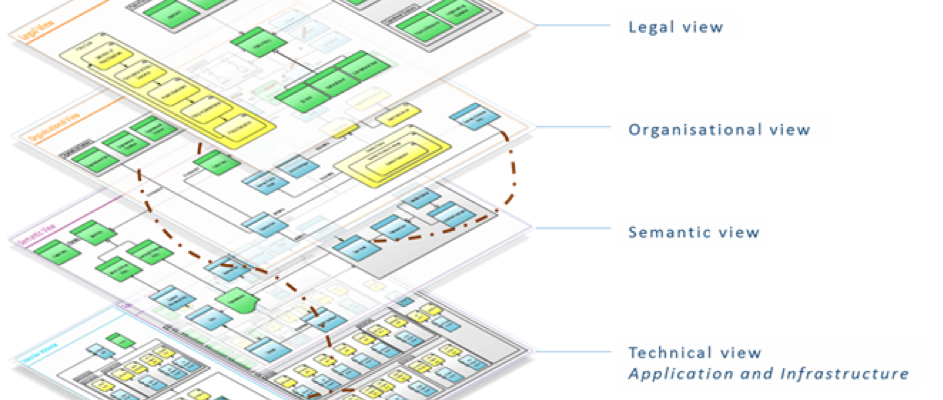
Download the full article here
EIRA is a metamodel for architectural content that defines the most important architectural building blocks (ABBs) required to build interoperable e-government systems. The EIRA© provides common terminology that can be used by people who work for public administrations in various architectural and system development tasks. The EIRA uses (and extends) the ArchiMate language as modeling notation and uses service orientation (SOA) as an architectural style.
EIRA sees four relevant views needed to develop architectures in public administration:
- Legal view
- Organizational view
- Semantic view
- Technical View
4. Technical view – Application
The Technical Application view contains the key building blocks of the application architecture that must be considered to help technical interoperability create an interoperable European solution. An interoperable European solution can support one or more public directives.
4. Technical view – Infrastructure
The Infrastructure View provides a metamodel for architecture content for key cross-industry infrastructure services, as well as supporting hosting and networking capabilities that need to be considered to meet the technical interoperability in the creation of an interoperable European solution. The difference with the application part of the technical view is that the architectural building blocks are considered relevant in the infrastructure view for solutions in all government areas.
In March 2019, a new EIRA release v.3.0.0 was put online. Compared to the previous version, it contains many improvements such as:
- Review of architectural building blocks, considering their interoperability and relevance to integrated EU public services
- Adaptation to the new European Interoperability Framework with regard to the EIRA Metamodel
- Alignment with the EU General Data Protection Regulation (GDPR), introduction of the position on data protection on interoperability
- Revision of EIRA views and positions
- Update on ArchiMate® 3.0.1
The sharing of the EIRA© in the development, evaluation and communication of e-government solutions will lead to network effects and will increase coordination between public administrations. EU level and in the Member States.
The benefits of sharing the EIRA are as follows:
- Developing more interoperable e-government solutions: The consistent use of EIRA© in the development of e-government solutions make them more interoperable for the following reasons:
- The EIRA© provides a common language of architectural building blocks for the design and comparison of solution architectures of e-government solutions.
- The EIRA© promotes the identification and use of common interoperability specifications, which should provide a basis for stable interfaces between digital public services.
- The EIRA© contributes to making better use of the EIF’s principles and recommendations.
- Enhanced application of the principles of service-oriented architecture (SOA).
- Cost savings through better assessment of solution portfolios: The EIRA© helps to achieve cost savings related to the rationalization of the portfolio of solutions and solution modules (e.g. abolition of obsolete SBBs or generalization of building blocks)
- Cost savings through improved discoverability: EIRA© and TES Cartography allow reusable solution building blocks to be consistently documented and classified, so that interoperable solution building blocks can be found and understood easier more conveniently.
EIRA supports the development of e-government systems in various areas:
- Accelerate the design of systems to support the delivery of interoperable digital public services (across borders and sectors)
- Provide a reference model for comparing existing architectures in different policy- and thematic areas to identify priorities for convergence and reuse
- Support documentation of key interoperability elements of complex systems and facilitate the exchange of reusable solutions
- Make it easier to discover and reuse interoperability solutions using the CarTool
In the next part of this blog series we will discuss CarTool in more detail.





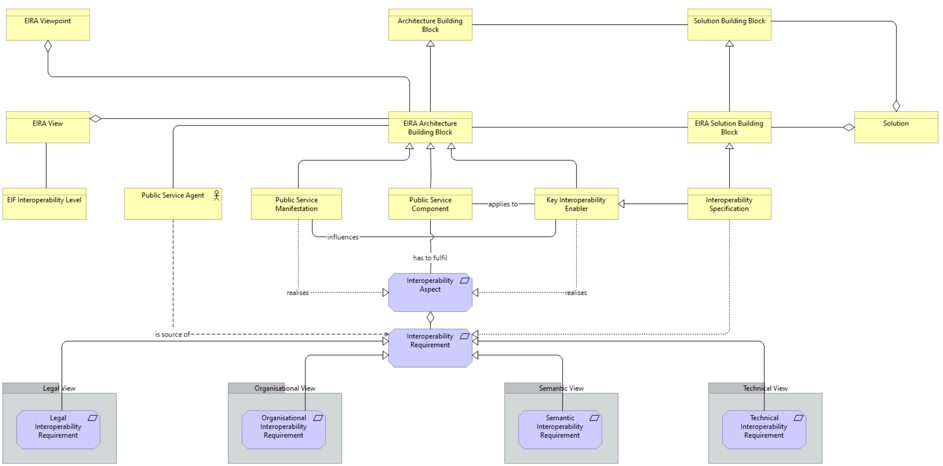
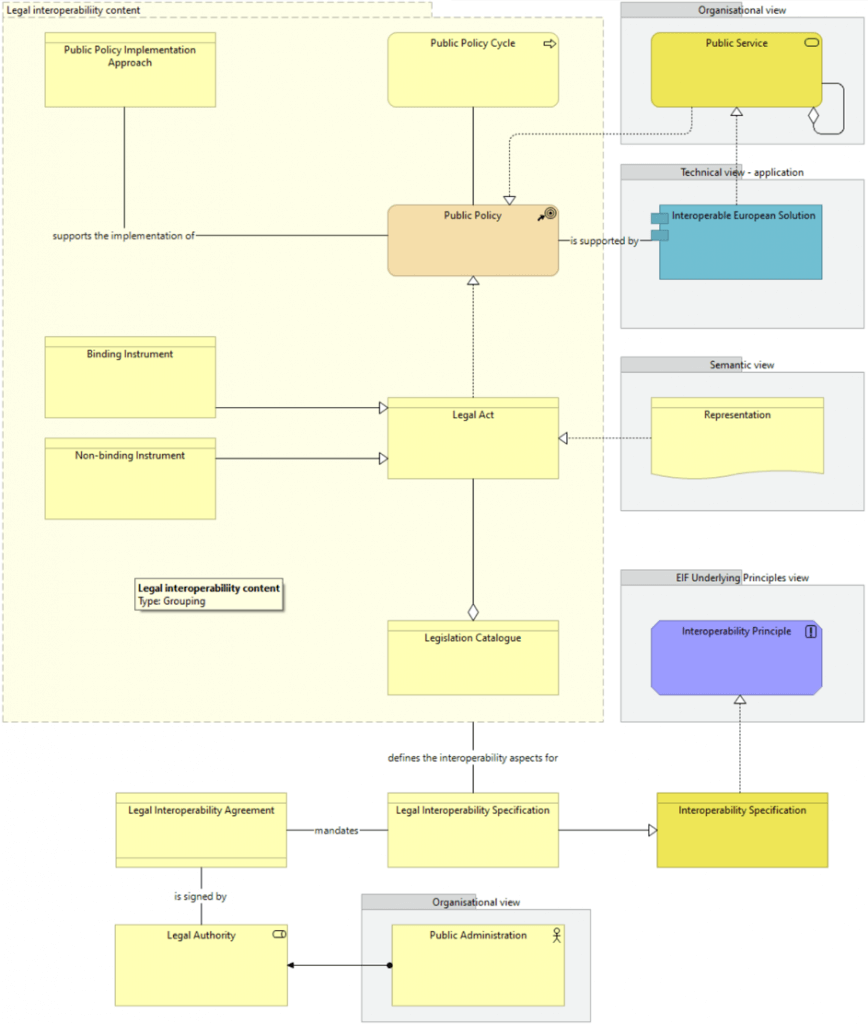
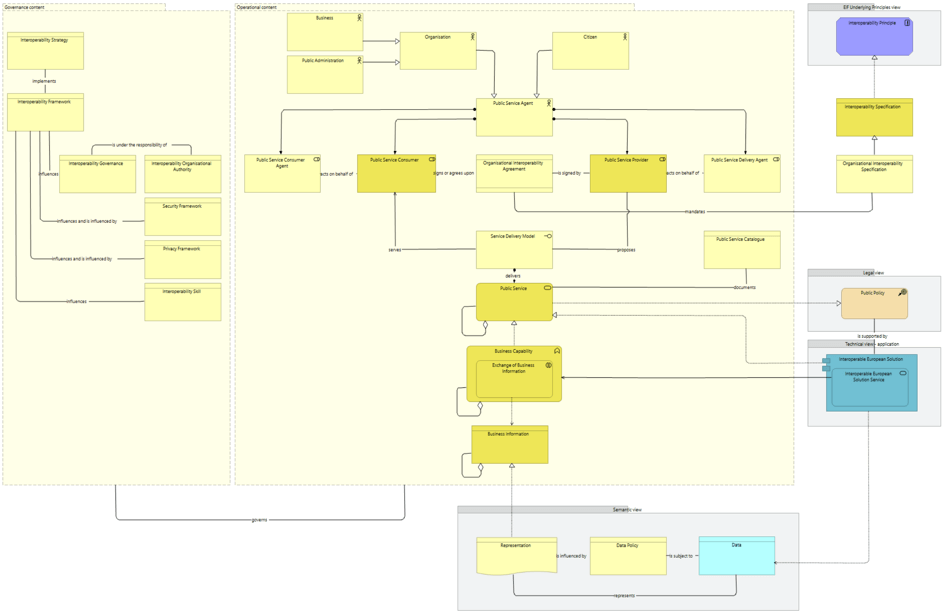
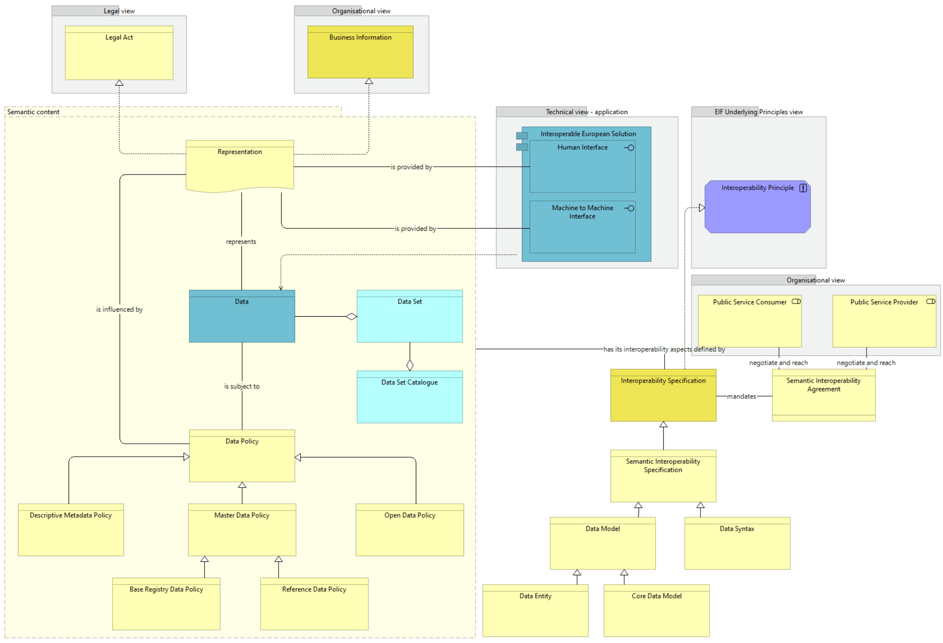
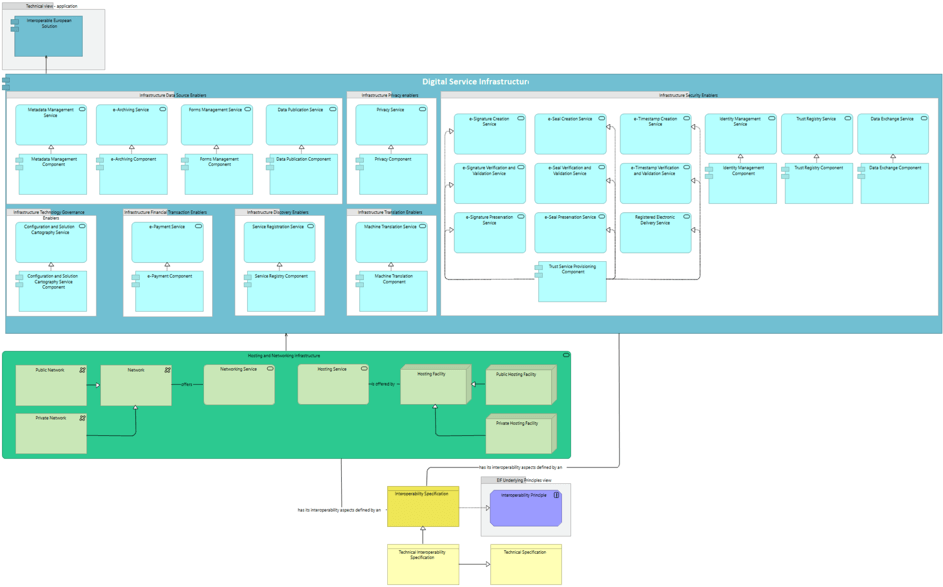
3 Comments.
[…] 9.1 / 10 428 ReviewsMail+49 (0)69 967 588 31DeutschNederlandsEnglishMenü […]
[…] / 10 428 ReviewsMail+31307115646NederlandsEnglishDeutschProduct Bekijk uw […]
[…] the previous part of this blog series, the 4 views of EIRA were discussed in detail. In this last part CarTool is […]